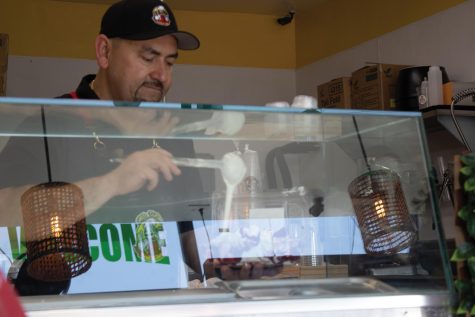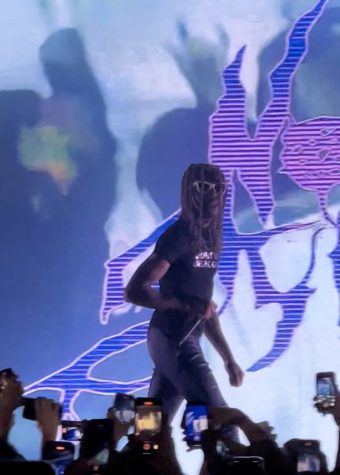Black Women’s History Month
Dr. Martin Luther King Jr, Malcolm X, and Frederick Douglass are just some of the black men in history that have stood out against society on the matters of slavery and civil rights. Often though, there are those who have also done so but are not acknowledged, hidden figures.
It is not to say that the efforts of these men were not valuable but we must no forget the efforts and the struggles of their sisters.
Women of color have fought to alter a society that was against them and their brothers since the time of slavery.
These women of color are not taught in public education. School children do not the struggles of these women that they so greatly benefit from. Women of color have been in feminist movements since the first wave that brought Susan B. Anthony and the nineteenth amendment.
In oppose to the “Susan B. Anthony Feminism”, black women of the time were demanding justice for hate crimes, rights for the freed slaves, and rights as black women.
Sojourner Truth, a former slave that constructed speeches and speeches demanding for the understanding her own experience in society as a person of color and as a woman. These speeches are the first recording of the idea of intersectionality. Intersectionality is the concept that social characteristics of gender, race, class, sexual orientation, and disability are all interconnected, not separate issues.
This understanding led to Truth’s “Aint I a Woman” speech which challenged society’s views of black women in comparison to white women. As written in Angela Y. Davis’ book Freedom is a Constant Struggle, “ Individual black American women are positioned differently within social structures and hierarchies of social class, sexual orientation, education, region, age, and religion.”
These words by Davis would not be possible without Sojourner Truth’s revolutionary speech.
Violent hate crimes against black men and women movements was first established by Ida B. Wells. She did so by traveling to Europe for support for the first anti-lynching movements. Wells determination also established some of the first anti-rape movements which are issues women and men are still challenging today.
Josephine St. Pierre Rofin led the discussion of the “creation of a national organization of black women’s clubs” which led to the establishment of the National Association of Colored Women’s Club.
At a time where racism within mainstream feminism was unheard of, Josephine St. Pierre Rofin led a group of black women to create an organization whose ideals were not tainted by racism. Their all-inclusive motto was “Lift as we climb”.
Maria Stewart, “she demanded education for black women at a time when schooling for women was controversial.” These demands for education for black women later established public schools for poor white children. Though Stewart’s movements demanded public schooling, black boys and girls did not immediately benefit from their efforts.
“The boycott would not have been successful without their [black domestic workers] refusals, without their critical refusals.” Angela Y. Davis elaborates on black female domestic workers during the time of the Montgomery Bus Boycott.
Working black women in the 1950’s had the same jobs as their slave ancestors, domestic workers. And much like their slave ancestors, they too refused.
These women were the majority of those who rode the Montgomery buses to and from their domestic jobs.Without their first refusals, Dr. Martin Luther King Jr might not have became the prominent icon.
The efforts of black men cannot alone represent the efforts of people of color, and white women cannot only represent the efforts of all women. The voices and stories of women color must be shared and taught in order to understand the strength in these women and all women of color everywhere.
Without their refusals and their voice, we would not have the resistance we have today. The Black Lives Matters movements, the Times Up movements, and Women’s March originate upon the beliefs of the women of color before us.







